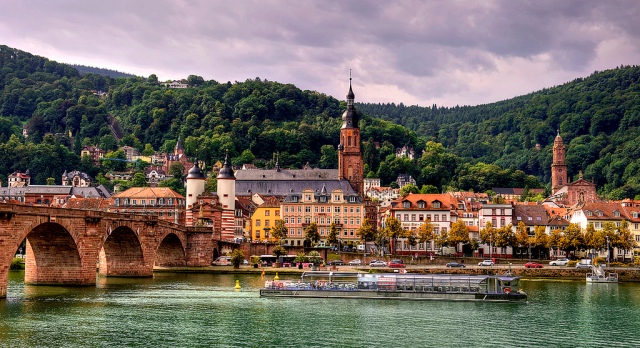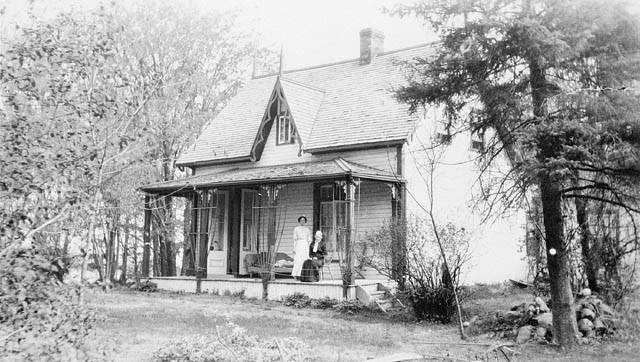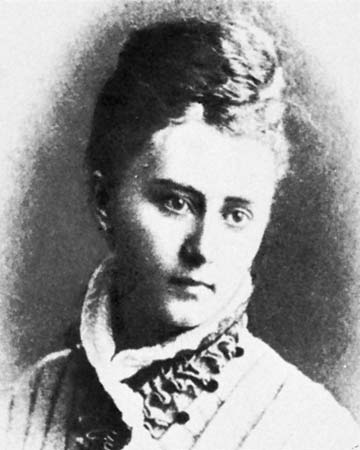Well, I was all set here to talk more about sagas, and particularly our own Peterborian variety this evening. But sometimes events get in the way. The news this evening is that the National Museum of Brazil is being destroyed by fire, and its collection of 20,000,000 artefacts with it.
In this series we have talked quite a lot about libraries, close and in many ways inseparable kin of museums. Tonight’s fire has likely destroyed the nearly half-million books in the museum’s library, which specialized (as the institution itself did) on archaeology, anthrolopology, and natural history.
The National Museum of Brazil turned 200 years old this past June, and for the last 126 of those had been housed in the Palace of São Cristóvão — former home of the Portugese and Brazilian royal families, and later the place where the treaty that recognized Brazilian independence were signed in 1825. As mentioned, it housed something in the order of twenty million artefacts from all over South America and indeed the world. Its loss, to Science, the Humanities, to all scholarship, and of course to the people of Brazil, is impossible to over-state. Or, for that matter, to describe.
Minhas profundas condolências ao povo do Brasil.










